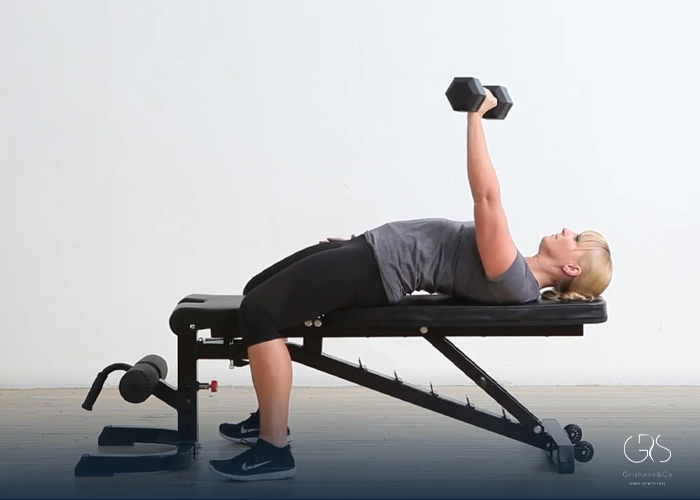Swimming is an activity that is not only enjoyable and refreshing, but it also offers numerous health benefits. From improving cardiovascular health to promoting muscle strength and flexibility, swimming is a low-impact exercise that is suitable for people of all ages and fitness levels. In this article, we will explore the various health benefits of swimming and provide valuable insights on how to get started.
Cardiovascular Fitness:
Swimming is known to be an excellent cardiovascular workout (American Heart Association). According to statistics, swimming regularly can lower the risk of chronic illnesses such as heart disease, stroke, and type 2 diabetes (CDC). Engaging in swimming raises the heart rate, increasing blood circulation throughout the body. As a result, this improves the strength and efficiency of the cardiovascular system, reducing the risk of heart-related ailments and enhancing overall cardiovascular fitness (Harvard School of Public Health).
Muscle Strength and Endurance:
Swimming is a full-body exercise that engages various muscle groups simultaneously. The resistance provided by the water tones and strengthens muscles, leading to increased lean muscle mass (CDC). According to a study published in the Journal of Aging and Physical Activity, swimming regularly can improve muscular strength and endurance in older adults, reducing age-related muscle loss and promoting functional independence (NCBI). It is worth noting that swimming also offers benefits to individuals with musculoskeletal conditions, as the buoyancy of water reduces the impact on joints while providing resistance to strengthen muscles (Arthritis Foundation).
Weight Management:
Swimming is an effective activity for weight management and weight loss. As a low-impact exercise, swimming can be sustained for longer durations, burning a significant number of calories. According to Harvard Medical School, a person weighing 155 pounds can burn about 233 calories by swimming leisurely for 30 minutes. Additionally, swimming enhances metabolic rate, even after the exercise session is over, due to increased muscle mass (CDC). This makes swimming an excellent choice for individuals looking to lose weight or maintain a healthy body weight.

Low-Impact and Joint-Friendly:
Swimming is a non-weight-bearing exercise as the buoyancy of water helps to support the body. This makes it an ideal activity for individuals with joint problems or those recovering from injuries (American Academy of Orthopaedic Surgeons). According to research published in the Journal of Rehabilitation Medicine, swimming is often recommended as a part of rehabilitation programs for individuals with orthopedic injuries, as it improves range of motion, flexibility, and joint mobility (NCBI). The low-impact nature of swimming also reduces the risk of joint strain or impact-related injuries, making it a safe form of exercise for people of all ages.
Mental Well-being:
Apart from physical benefits, swimming has positive effects on mental health and overall well-being. Engaging in swimming promotes the release of endorphins, which are known as the “feel-good” hormones. This can help reduce stress, anxiety, and depression (American Psychological Association). According to a study published in the International Journal of Aquatic Research and Education, swimming is associated with improved mood and psychological well-being, leading to enhanced quality of life (CDC).
How to Get Started with Swimming:
If you’re new to swimming or haven’t swum in a while, it may be helpful to start slowly and gradually increase your endurance and skills. Here are some steps to help you get started:
- Find a swimming pool: Look for a local swimming pool or recreational center that offers swimming facilities. Consider factors such as cost, convenience, and pool size when choosing a location.

- Take swimming lessons: If you are a beginner or lack confidence in swimming, consider taking swimming lessons from a certified instructor. This will help you learn proper swimming techniques and build your comfort in the water.
- Warm-up and stretching: Before entering the water, warm up your body with light exercises and stretching. This helps prevent muscle cramps and injuries while preparing your body for the workout.

- Start with basic strokes: Begin with basic swimming strokes such as freestyle and backstroke. These strokes are relatively easier to learn and can help you build your endurance gradually.
- Set achievable goals: Set realistic goals for yourself, such as swimming a certain distance or increasing your swim time. Tracking your progress can serve as motivation and help you stay committed to your swimming routine.
- Safety precautions: Always prioritize safety while swimming. Be aware of your limits, swim in designated areas, and follow any safety guidelines provided by the swimming facility.
Conclusion:
Swimming offers a wide range of health benefits, encompassing cardiovascular fitness, muscle strength, weight management, joint-friendly exercise, and mental well-being. Whether you are a professional athlete or a beginner, swimming is an accessible and enjoyable form of exercise for people of all ages and fitness levels. By following the steps to get started and incorporating swimming into your regular routine, you can unlock the remarkable health benefits of this water-based activity.
Sources
- Centers for Disease Control and Prevention, Swimming and Your Health
- Arthritis Foundation, In the Swim: Aquatic Exercise for Arthritis












